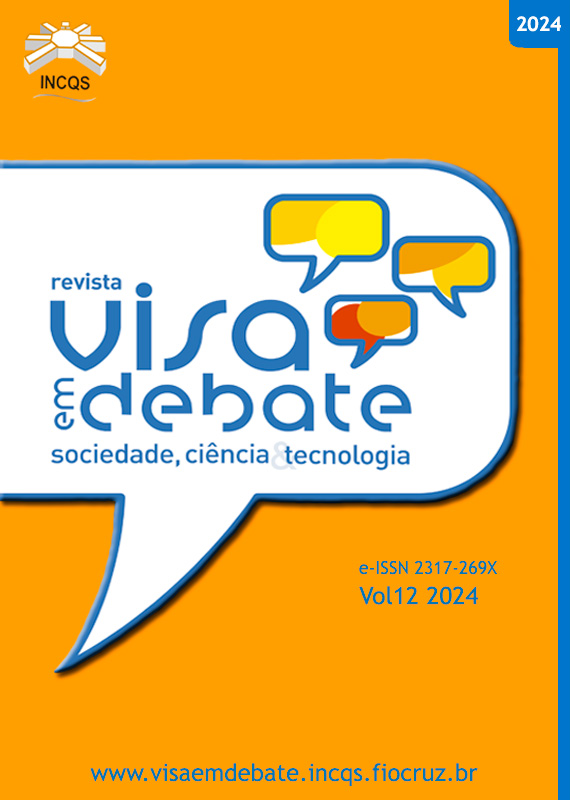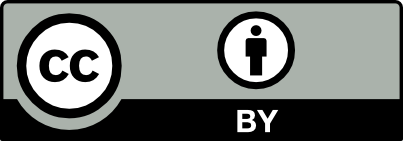Evaluation of the analytical methodology for the determination of arsenic, cadmium and lead in coffee samples, according to Codex Alimentarius acceptance criteria
Vigil Sanit Debate, Rio de Janeiro, 2024, v.12: e02192 | Published on: 15/03/2024
DOI:
https://doi.org/10.22239/2317-269x.02192Keywords:
Codex Alimentarius, Inmetro, Validation Parameters, Roasted Coffee PowderAbstract
Introduction: The Codex Alimentarius establishes international standards in the food segments to protect the health of consumers and ensure legal trade practices between countries. INMETRO, on the other hand, provides guidance documents that help laboratories carry out the validation of analytical methodology. These documents are used as a criteria to validate and verify conformity of the methods applied to determine contamination and residues in different products. Objective: To evaluate the validated
analytical methodology used to determine arsenic, cadmium and lead in samples of roasted coffee powder according to the acceptance criteria recommended in the Codex Alimentarius 27th edition procedure manual. Method: This is an observational study of the descriptive exploratory qualitative type using secondary data base. Results: With the reading of the Codex Alimentarius, the parameters used were established, namely, the minimum application range, the detection limit, the quantification limit, precision and accuracy. Thus, the evaluation of the validated methodology was carried out and it was verified that it is applicable for the analysis of As, Cd and Pb in samples of roasted coffee powder. Conclusions: Current Brazilian legislation aimed at controlling the presence of contaminants in food establishes the maximum tolerated limits for As, Cd and Pb, but does not define which methodologies should be used to verify the presence and concentration of these elements. Therefore, the methodology presented in this study is adequate to control the quality of roasted coffee powder regarding the presence of these inorganic contaminants, thus contributing to the protection and safety of the population.
Downloads
Downloads
Published
Issue
Section
License
Copyright (c) 2024 Cristiane Barata-Silva, Carolina Duque Magalhães, Renata Aparecida Pereira, Santos Alves Vicentini Neto, Silvana Couto Jacob, Lisia Maria Gobbo dos Santos (Autor)

This work is licensed under a Creative Commons Attribution 4.0 International License.
COPYRIGHT ALLOWANCE The author (s) hereinafter designated as the ASSIGNOR hereby assign and transfer, free of charge, the ownership of the copyrights related to this ARTICLE to the Vigilância Sanitária em Debate: Sociedade, Ciência & Tecnologia (Health Surveillance under Debate: Society, Science & Technology) – Visa em Debate, represented by FUNDAÇÃO OSWALDO CRUZ, established at Av. Brasil, nº 4365, Manguinhos, Rio de Janeiro, RJ, Brazil, CEP 21045-900, under the conditions set out below: (a) The terms and conditions set forth in this Agreement shall apply to the following: 1. The ASSIGNOR declares that they s(he) is (are) the author (s) and owner (s) of the copyrighted property of the ARTICLE submitted. 2. The ASSIGNOR declares that the ARTICLE does not infringe the copyrights and / or other property rights of third parties, that the disclosure of images (if any) has been authorized and that they s(he) assume(s) full moral and / or property liability for its content, before third parties. 3. THE ASSIGNOR assigns and transfers all copyrights relating to the ARTICLE to the ASSIGNEE, especially the rights of editing, publication, translation into another language and reproduction by any process or technique. The ASSIGNEE becomes the exclusive owner of the rights related to the ARTICLE, and any reproduction, totally or partially, is prohibited in any other means of publicity, printed or electronic, without prior written authorization from the ASSIGNEE. 4. The assignment is free and, therefore, there will be no remuneration for the use of the ARTICLE by the ASSIGNEE.







